
Are LEC Lights Good For Growing Cannabis?
HPS? LED? Or LEC? In this article, we take a look at everything you need to know about the latter type of cannabis grow light, and what it means for your plants. So, if you've been curious about adding LEC lights to your setup, you're in the right place.
When it comes to selecting a grow light for your indoor grow operation, there are many schools of thought. At the forefront of this conversation are LEC lights. But what are they, and how do they differ from other options? In this article, we take a deep dive into all things LEC and what it means for your prized cannabis plants.
What are LEC grow lights?
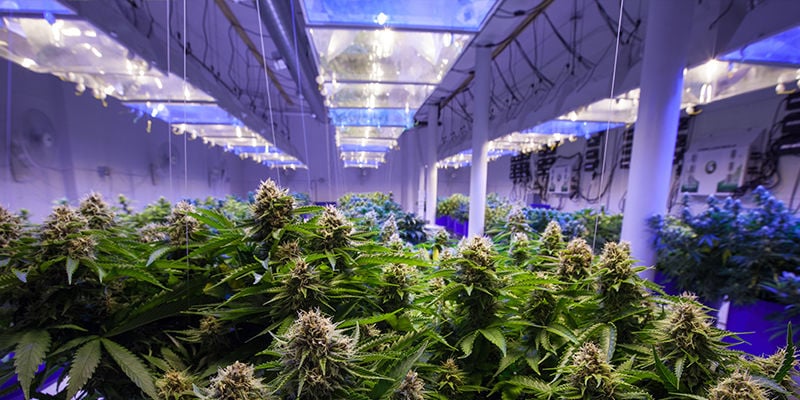
Also known as ceramic metal halide (CMH), the technology behind these lights is more commonly known as light-emitting ceramic, or LEC. LEC is, in fact, a trademark of a grow light company called Sun System but has become an interchangeable name for all LEC lights regardless of their make, model, and the company that produced them.
How do LEC grow lights compare to other cannabis grow lights?
Arguably the main competition of LEC lights are LEDs. While LED grow lights were initially a little unreliable, modern setups offer longevity, energy efficiency, and produce very little heat. There are also HPS lights to consider. These are known to produce healthy, high-yielding cannabis plants, but they are more expensive to run, run at higher temperatures, and are less efficient overall.
Compared to the amber glow of HPS and the reds and blues of LEDs, LEC lights use ceramic arc tubes and produce more natural light. Moreover, LEC grow lights produce UV-B rays, which are thought to play a role in promoting terpene and resin production. Of course, prolonged exposure to UV lights can have a detrimental impact on plants as well as people when the proper precautions aren't taken.
How to use LEC lights
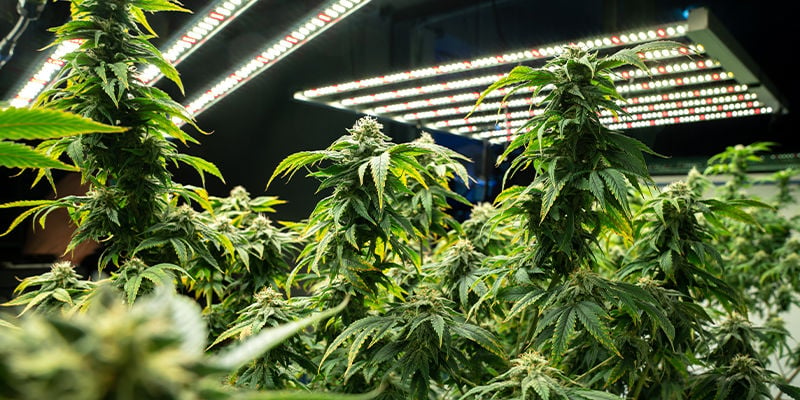
So, how do LEC lights work in your home setup? Pairing these lights with your grow tent or room is effortless as they're easy to instal.
As mentioned, exposing a plant to high levels of UV-B can significantly damage them. To avoid this, you can curb the usage of your lights, or keep them at least 45cm away from the top of the canopy. However, if you're using a more powerful setup of 630W, increase the distance to 60cm away.
Also, be sure to protect your skin and eyes when your lights are on, as exposure can lead to some serious damage. Wear protective eyewear and shield your skin when you open your grow tent or walk inside your growing area.
Lastly, LEC setups give off a little more heat compared to LEDs. While this might not be an issue if you live in colder climates, it can be in warmer ones. Providing the right environment for your plants is massively important, so keep this in mind if you're looking to pursue an LEC setup.
How much power do you need for LEC lights?
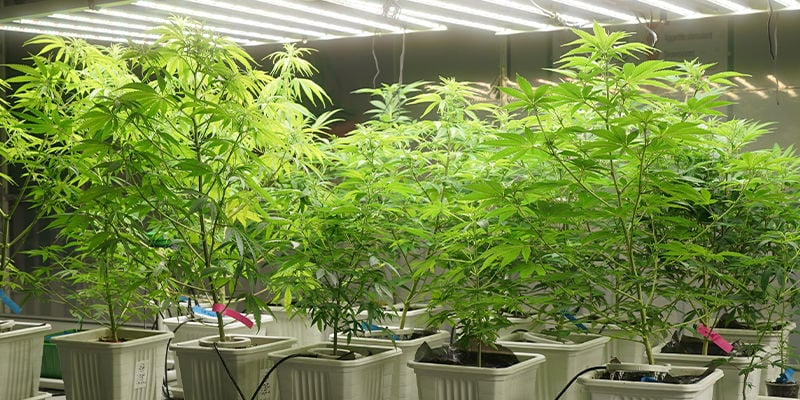
Compared to HPS and LED setups, LEC lights are known to be much cheaper to run. Of course, this will vary according to several factors, such as how long the lights are being used for and the amount of lights in your setup. However, as a rule of thumb, LEC lights are much cheaper and more manageable to run in even the most humble of home configurations.
Advantages of LEC grow lights
While we’ve alluded to some already, what advantages does an LEC lighting setup offer?
LEC lights are more budget-friendly compared to LEDs
Perform a quick search for cannabis grow lights online, and you'll be inundated with LED options. While LEDs are tried and tested, switching to an LEC light can save you money. If you're a budget-conscious cannabis cultivator, you can typically pick up an LEC grow light that's 2–4 times cheaper than an LED alternative.
Ready to go out of the box
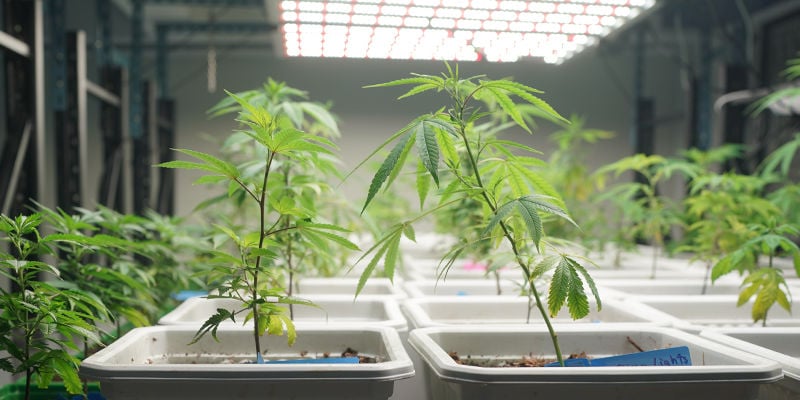
When it comes to LEC lights, you'll often find that they're ready to go out of the box. The setup of these lights isn't complicated, making them a viable choice for both the uninitiated and the experienced. Just hang your LEC lights at the appropriate height, plug them in, and you're ready to go!
LECs produce UV-B light
Arguably the most significant advantage of LEC lights is that they produce UV-B light. This invisible form of light is naturally produced by the sun, and while it can be harmful to humans (hence why we use sunscreen) and plants in high amounts, providing the right balance of UV-B can actually be highly beneficial. Specifically, it may encourage your cannabis plants to produce higher quantities of trichomes and terpenes.
LECs produce “natural light”
Many growers favour LEC lights because of the more “natural” type of light they provide. As mentioned, it's essential to shield your eyes and skin when exposed to UV-B light. That said, these lights give off an appealing glow that's not harsh, and in fact helps growers spot pests and other ailments or deficiencies plants may be facing.
LEC lights are more efficient than HPS lights
HPS lights have long been regarded as the favourite option by many cannabis growers. However, while it's true that they can offer some great results, the main caveats are that they are expensive to run, and hot. On the other hand, LEC lights provide an efficient choice and keep your grow room at a more optimal temperature.
Disadvantages of LEC grow lights
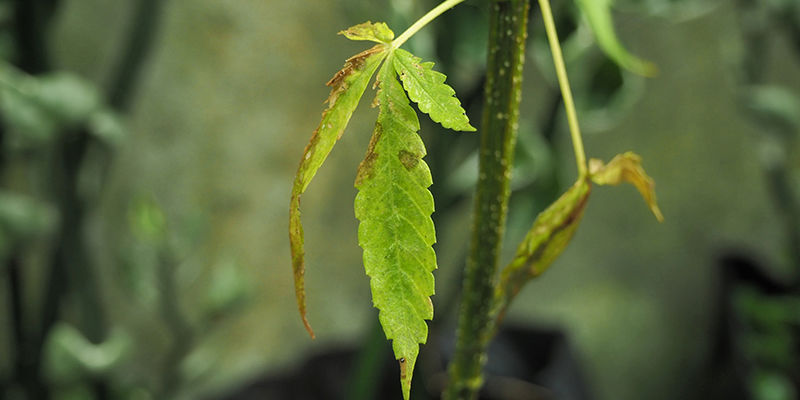
As you can see, there are a bevy of benefits to using LEC lights. However, like all grow light options, there are some shortcomings that are worth keeping note of.
Potentially lower yields
There's no denying that LEC lights can be beneficial to the health and well-being of indoor cannabis plants, but does this always translate to excellent yields? A comparison by Grow Weed Easy showed that a 315W LEC light produced an average of 0.67g of weed per watt. However, a 260W LED produced around 1.02g per watt (LEC vs LED Grow Lights: Side-By-Side Cannabis Grow Journal). The plants grown under LEC lights were found to be leggier and produced fewer flowers and THC, but had more terpenes than their LED counterparts. However, this difference in yield weight isn't staggering and certainly not enough to hinder the use of LEC setups.
LEC lights can burn you and your plants
We've discussed this a little throughout our article, but LEC lights need to be used with caution. When tending to your plants, be sure to cover your eyes and skin to avoid any UV-B burns. Also, be mindful of how long you're using the lights and how close they are to your plants, as they are susceptible to burning too.
More expensive than HPS lights
Typically, LEC lights are more expensive to purchase compared to HPS or conventional MH versions. But they are cheaper than LED lights, so it really depends on your budget, preference, and environment when it comes to choosing which lights are best for your grow-op.
LEC bulb longevity
Regarding how long your LEC lights will last, the bulbs need to be replaced after roughly 20,000 hours, whereas LED bulbs can last for about 50,000. Of course, 20,000 hours is more than enough to see a growing project through to completion, but it is something to bear in mind if you move directly to a new grow as soon as you've harvested.
Different bulbs for veg and flowering
Unlike LED lights, LEC bulbs may need to be switched out to cater to the stage of growth in which your plants are. While this isn’t that big of a deal for most growers, it’s less convenient than LEDs, which typically have a switch that allows them to produce the right spectrum of light for each stage of growth.
Get to grips with LEC grow lights today
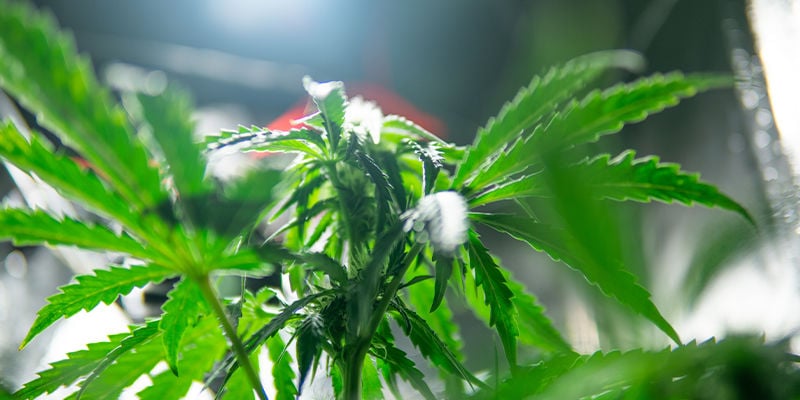
LEC lights make a great option for indoor growing projects. No matter how much herb you're trying to cultivate, these reliable lights carry plenty of advantages for cannabis cultivators. But the real question is: what will you grow under your brand new lights? Zamnesia can help you there, as we stock a massive variety of seeds that are sure to perform. Plus, we offer a wide selection of tools to make upkeep and maintenance a cinch! What are you waiting for?
-
 7 min
11 November 2021
How The Light Spectrum Affects Cannabis
Cannabis is a sun-loving plant. But growing great weed indoors is about more than just sticking a plant under a strong light and hoping for the best. In this article, we'll teach you all there is...
7 min
11 November 2021
How The Light Spectrum Affects Cannabis
Cannabis is a sun-loving plant. But growing great weed indoors is about more than just sticking a plant under a strong light and hoping for the best. In this article, we'll teach you all there is...
-
 5 min
20 October 2020
The Optimal Distance Between Grow Lights And Cannabis Plants
Hanging a grow light in your grow room or tent is just one part of the story. To really get the most out of your cannabis plants, you need to hang your light at the optimal height to support robust...
5 min
20 October 2020
The Optimal Distance Between Grow Lights And Cannabis Plants
Hanging a grow light in your grow room or tent is just one part of the story. To really get the most out of your cannabis plants, you need to hang your light at the optimal height to support robust...
-
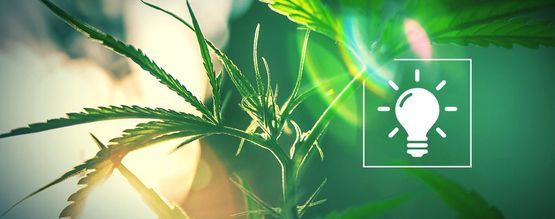 7 min
13 June 2019
Choosing The Right Light For Your Grow-Op
Cannabis plants have many demands, but none quite as important as lighting. A good set of lights are needed to ensure plants can photosynthesise properly and make enough energy to survive and...
7 min
13 June 2019
Choosing The Right Light For Your Grow-Op
Cannabis plants have many demands, but none quite as important as lighting. A good set of lights are needed to ensure plants can photosynthesise properly and make enough energy to survive and...
-
 4 min
20 January 2019
Top 7 Lighting Factors For Growing Marijuana
Growing cannabis indoors gives you control over the environment. The need for precise lighting will make or break your harvest, so it also places more responsibility on you. Here are 7 lighting...
4 min
20 January 2019
Top 7 Lighting Factors For Growing Marijuana
Growing cannabis indoors gives you control over the environment. The need for precise lighting will make or break your harvest, so it also places more responsibility on you. Here are 7 lighting...













 United States
United States










